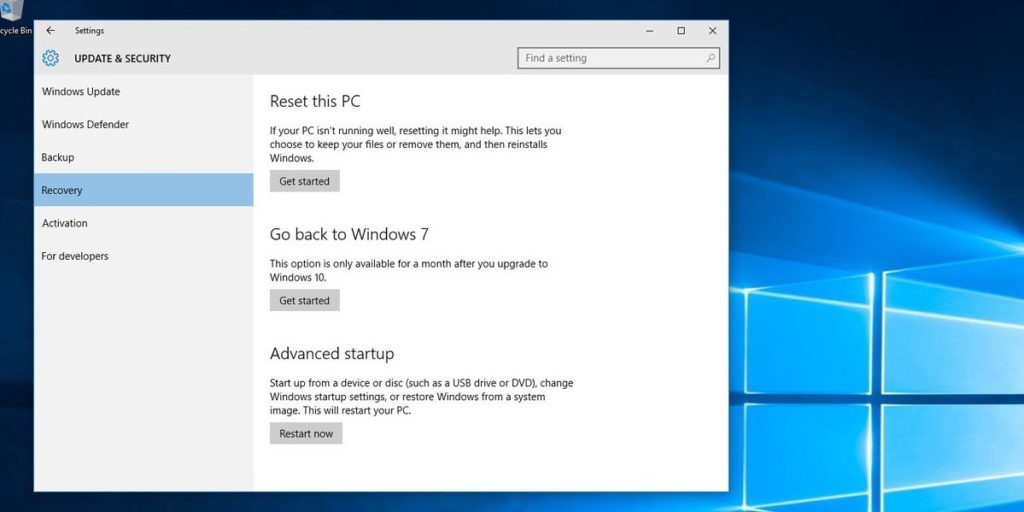
This only works if you had done an in place upgrade from Windows 7 or later. Also keep in mind, if you do a custom install over Windows 7 or later, the Rollback option is not available.


Because prior versions of Windows such as Windows Vista and Windows XP can only migrate to Windows 10 through a custom install, the command line operations remain your best choice if you do decide to go back. Please keep in mind, this only works with Windows 7 and later. This option can be handy for diagnostics purposes, trial and error or to simply go back to a previous version of Windows that works better with your PC. With Windows 10, it seems Microsoft has listened and has provided a welcome option to its recovery tools to make it easy to uninstall Windows 10 and go back to your previous version of Windows. The ability to restore a Windows 8.1 installation to Windows 7 required knowing some command line operations that in some instances didn’t guarantee the process would go according to plan. Microsoft has supported this functionality in its NT based versions of Windows too, albeit not in a seamless way. My recollection of this capability goes back to Windows ME which included the option to uninstall the operating system and restore to a previous version of Windows (I was running Windows 98 SE at the time).

Throughout the history of Windows revisions, Microsoft has included an option to uninstall the operating system when you upgrade to a newer version.


 0 kommentar(er)
0 kommentar(er)
